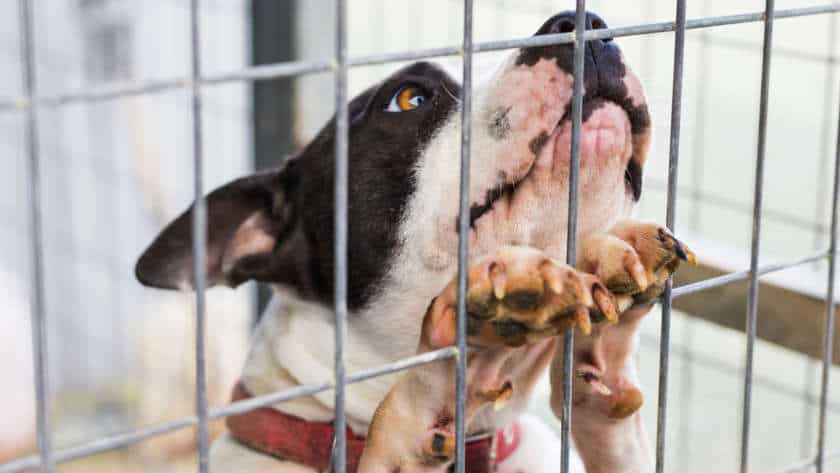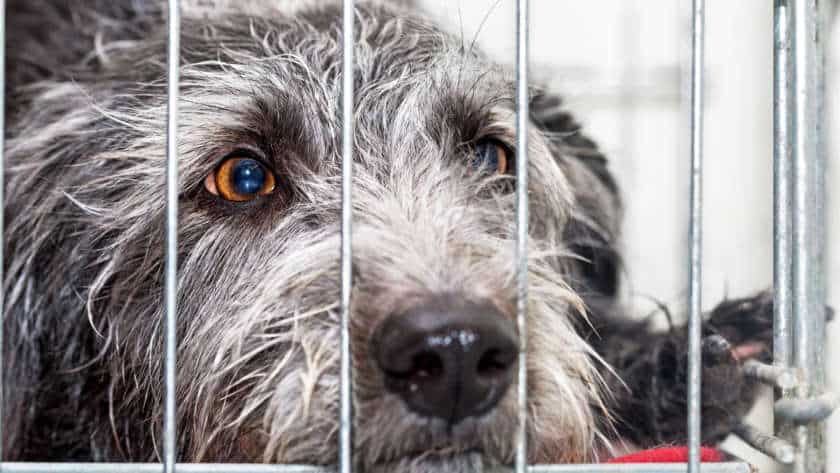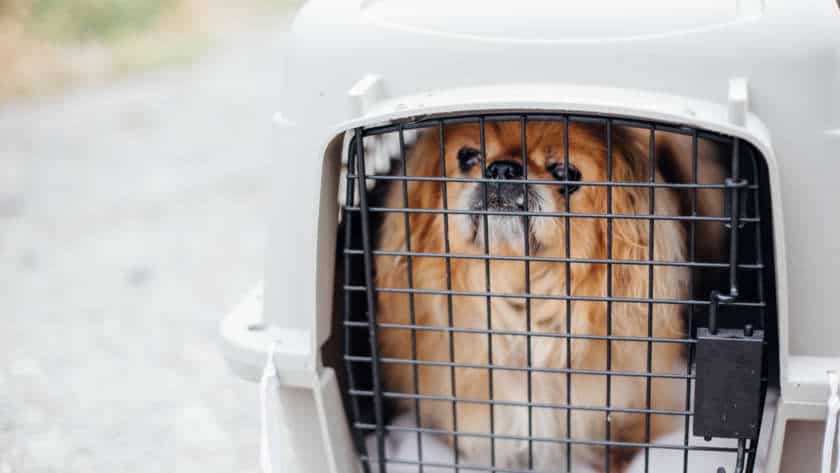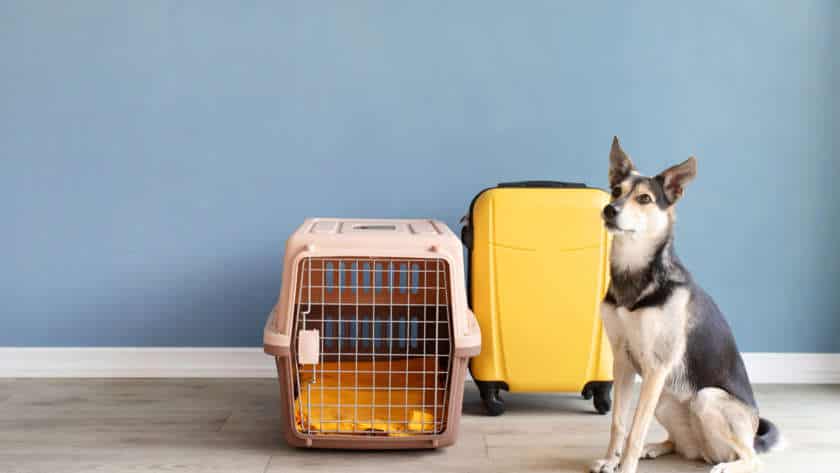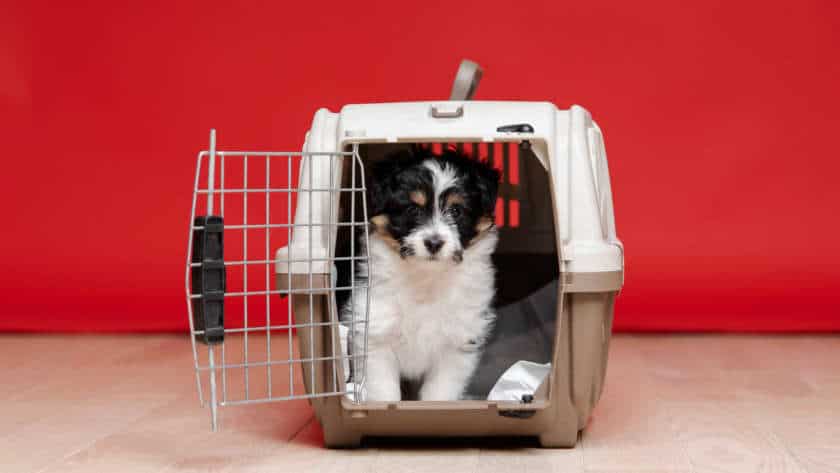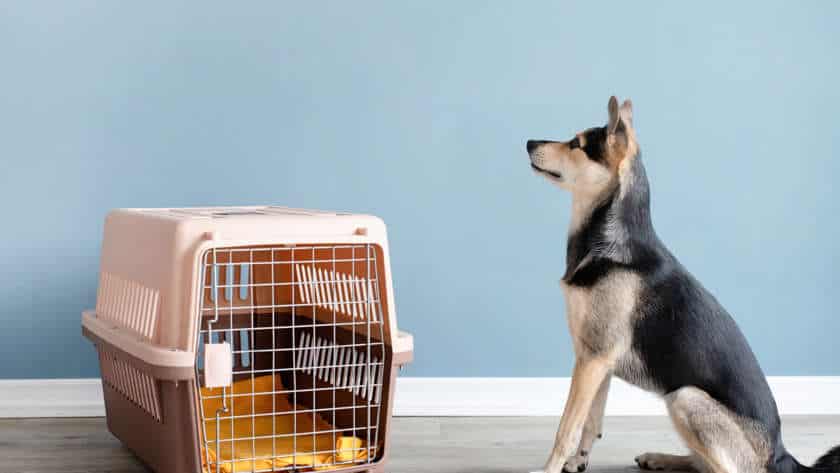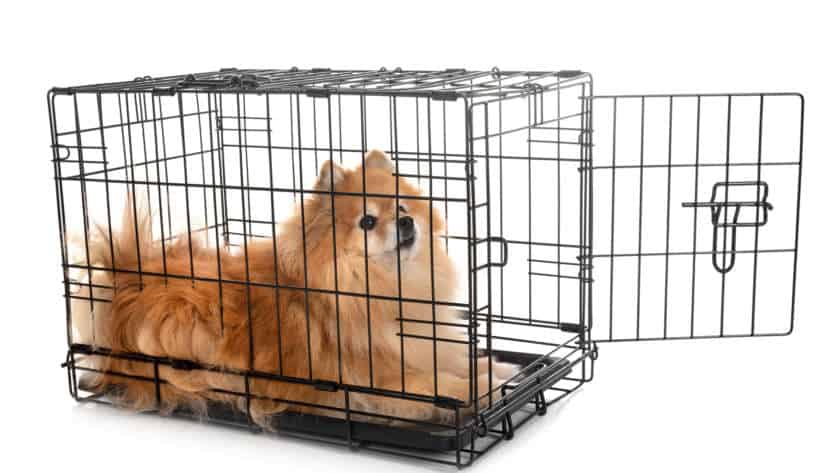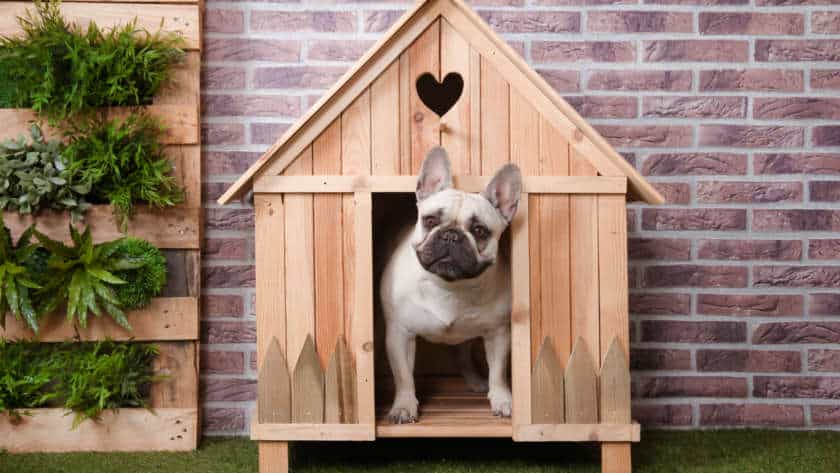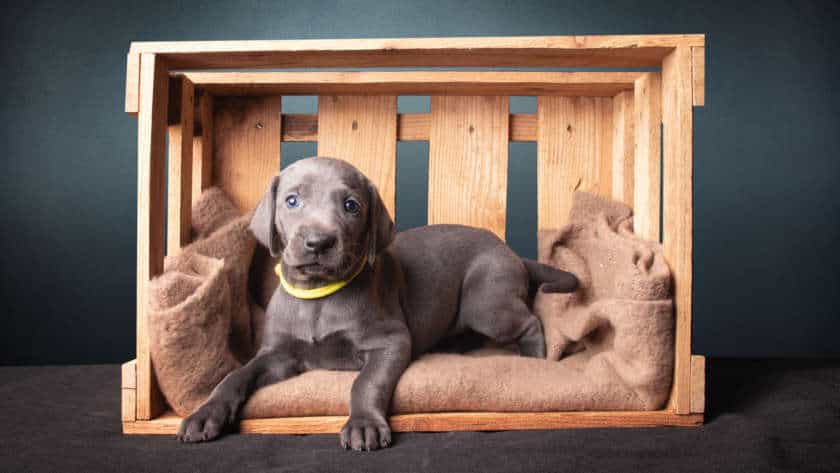Addressing Nighttime Whining: Encouraging Quiet in the Crate Dog owners may find nighttime whining in a crate a common issue. But there are some tips to aid your furry friend to snooze peacefully in the crate.
Make sure the crate is cozy and pleasant with blankets or bedding.
Gradually increase the time your pup spends…
